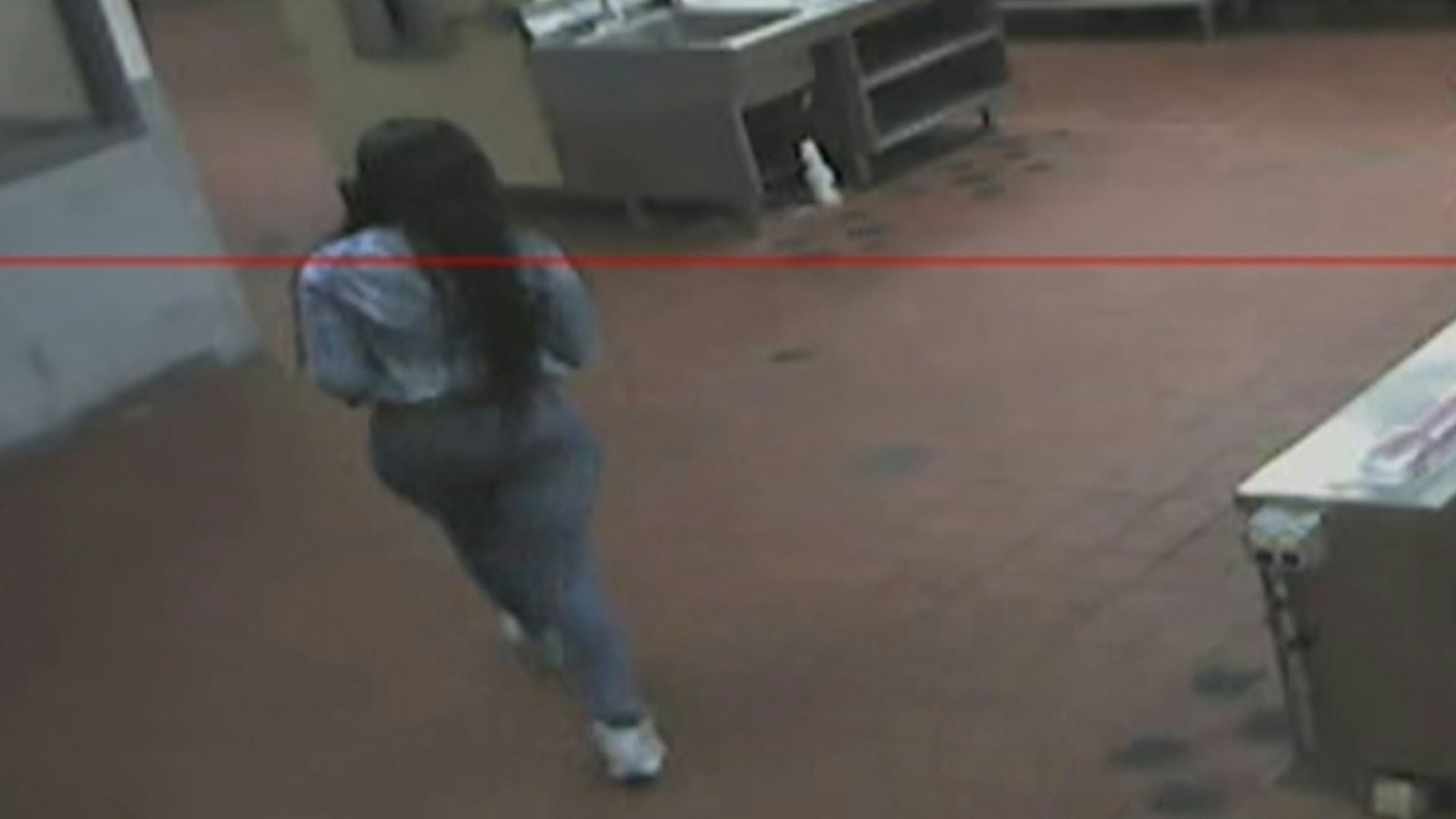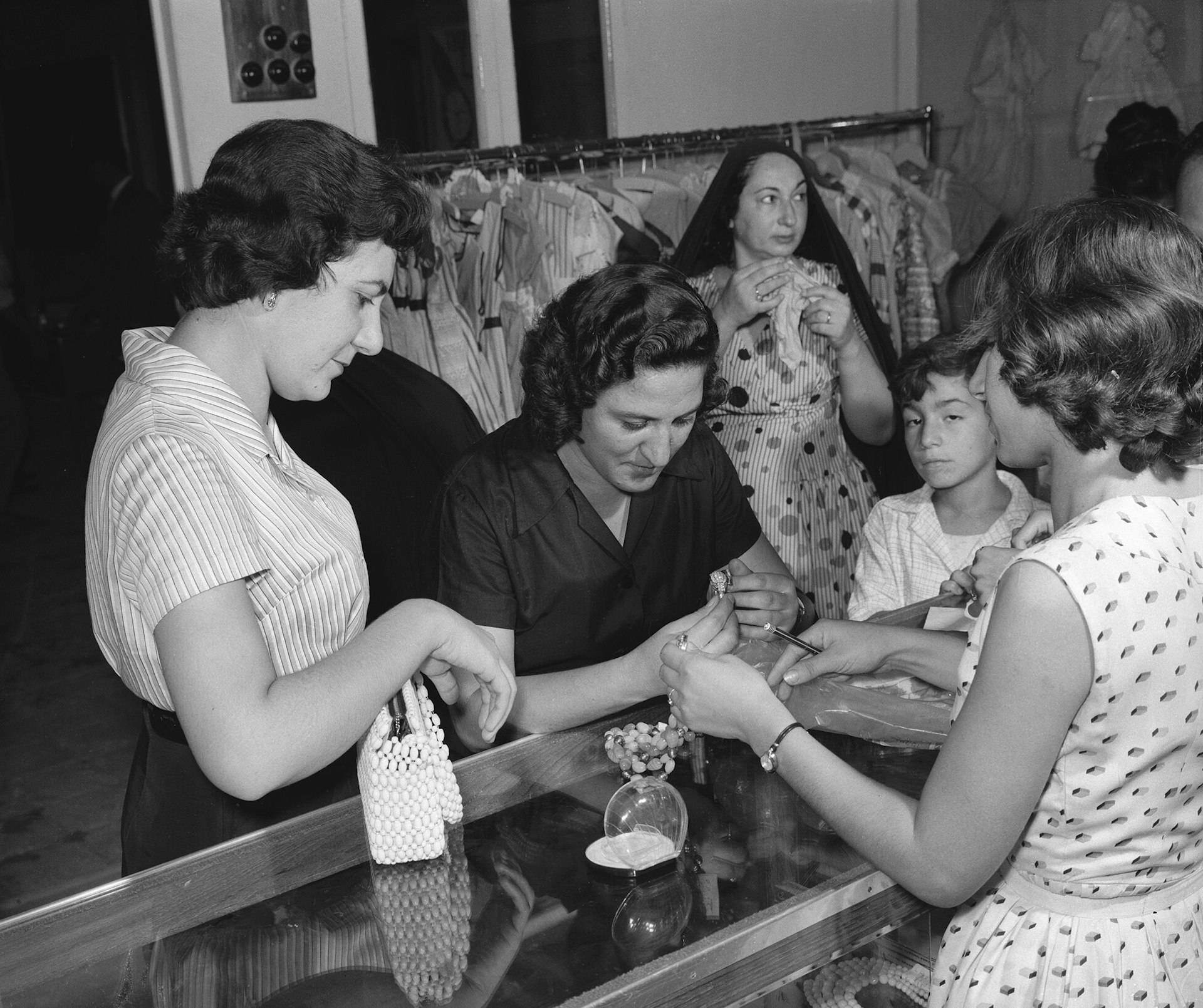
How Latif Al Ani captured the ‘golden age’ of Iraq
- Text by HUCK HQ
- Photography by Latif Al Ani
Skyscrapers and palm trees, fur coats and lingerie – Latif Al Ani’s iconic shots of Iraq are worlds away from the country’s modern-day associations. The photographer, who is originally Baghdad, spent decades capturing the region; building a series of unique black and white memories from the ’50s, ’60s and ’70s.
“There were hardly any photographers in Iraq then,” Al Ani remembers in an extract from his new, self-titled photo book. The publication, published by Hatje Cantz, looks back on his career before it was forced to a halt by Saddam Hussein’s oppressive regime in 1979. “My love for photography gave me courage,” he says. “It pushed me to overcome all barriers.”
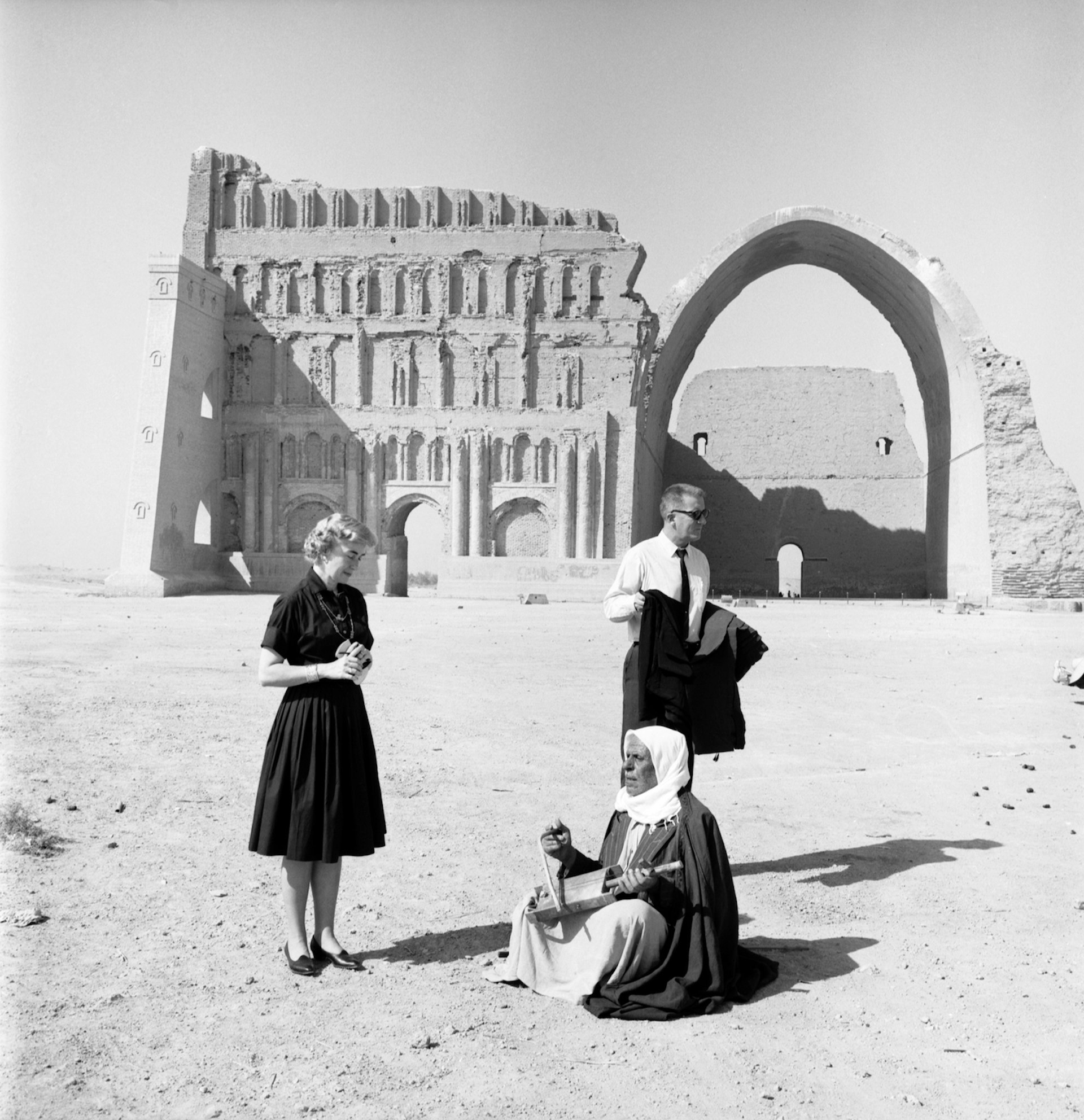
Today, Al Ani’s photos offer a new perspective on a lost era. Documenting a period of seismic change for the country – from the 1958 revolution to the rise of Saddam – his images uncover the true complexity of Iraqi culture and identity.
“I wanted to show our heritage against our present, the contrast between past and present, where we had arrived in comparison with the past,” he adds. “This past is being deleted; it has been deleted. I felt there would be no stability.”
“Pandora’s box was opened and ignorant people came to rule, who had no culture or understanding of the power they held. Fear was a major motive to document everything as it was. I did all that I could to document, to safeguard that time.”

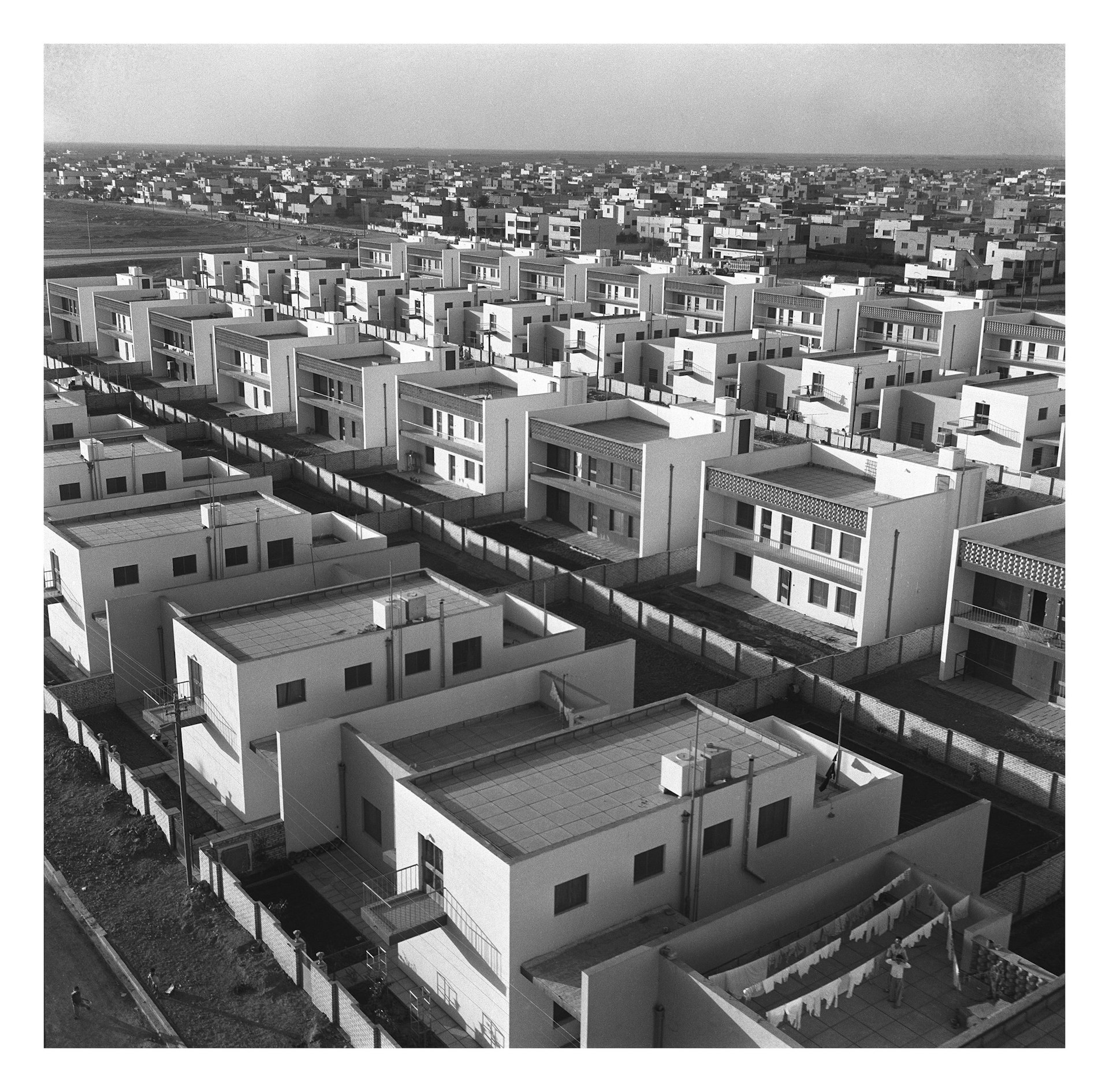

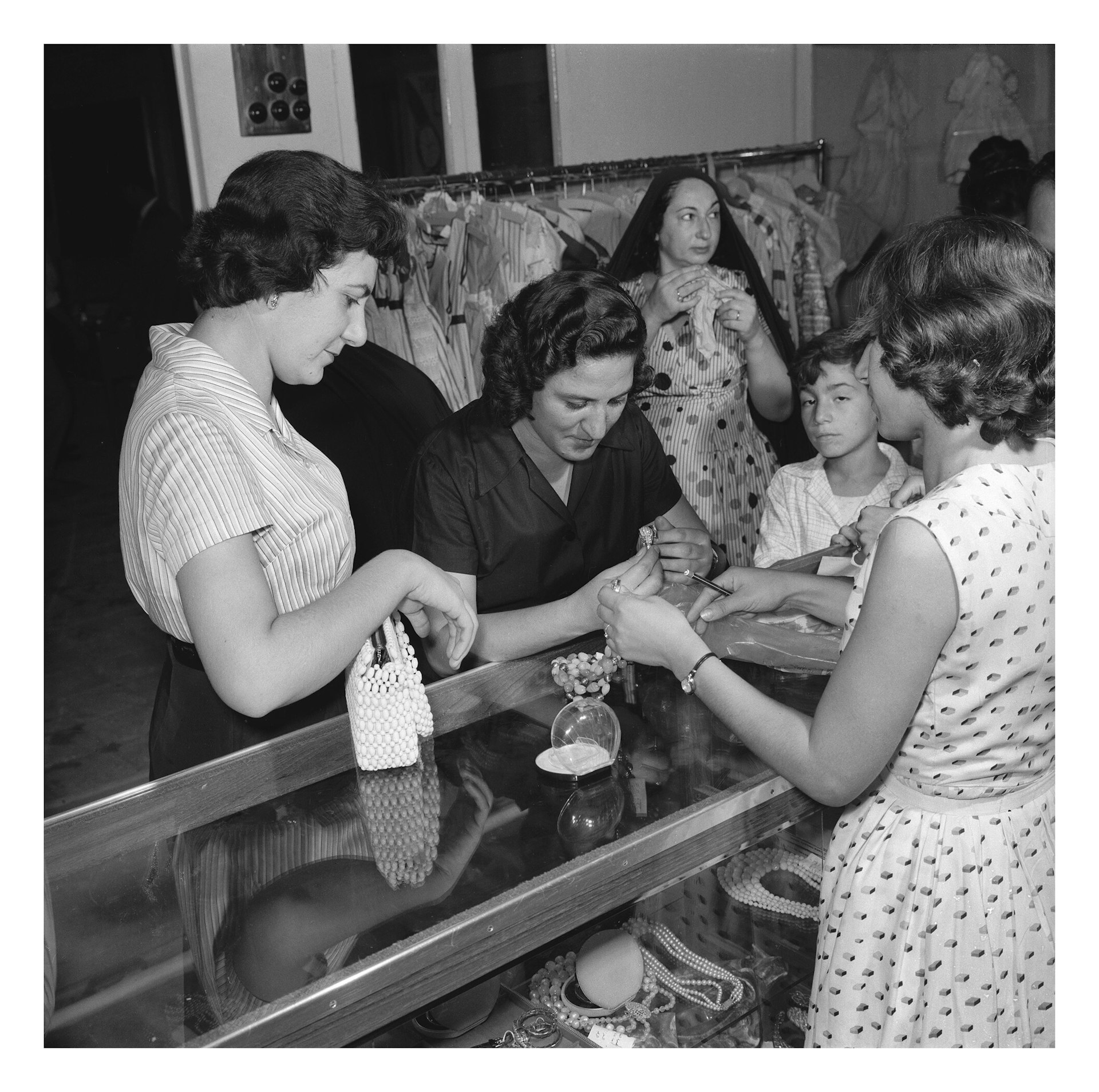
Latif Al Ani’s new book, Latif Al Ani, is available to buy now on Hatje Cantz.
Enjoyed this article? Like Huck on Facebook or follow us on Twitter.
